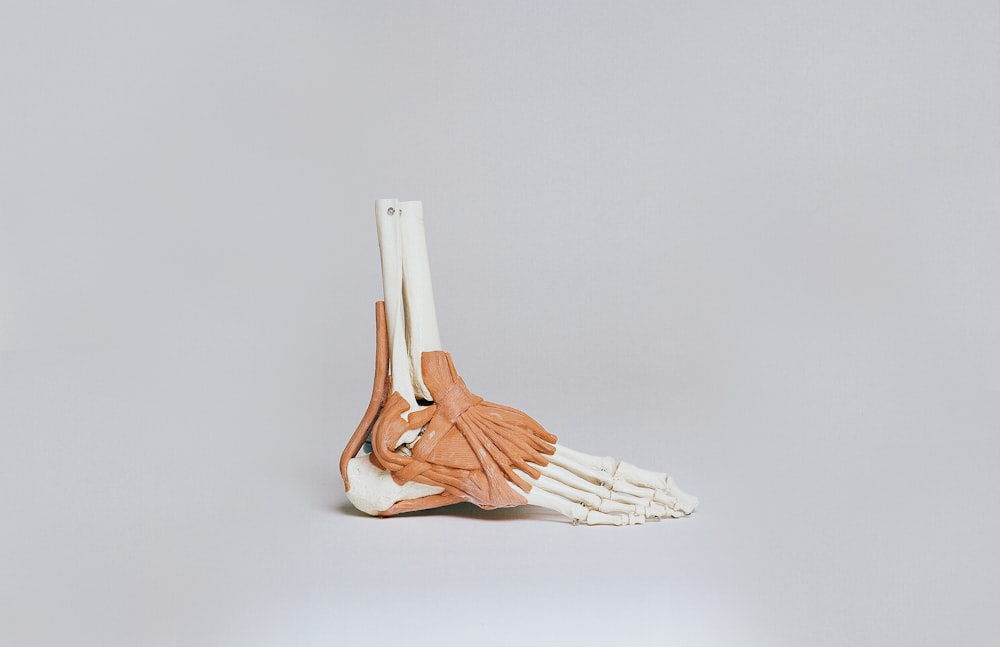Introduction: The Complex World of Medical Device Lawsuits
In today’s healthcare landscape, medical devices play a crucial role in diagnosis, treatment, and patient care. However, alongside their benefits come risks, and when these devices fail or cause harm, legal action may ensue. Understanding medical device lawsuits requires delving into a complex realm where healthcare, technology, and legalities intersect.
Types of Medical Device Lawsuits
Medical device lawsuits can arise from various issues, including design defects, manufacturing defects, failure to warn, and off-label use. Design defects refer to flaws inherent in a device’s design, making it inherently unsafe. Manufacturing defects occur during the production process, leading to individual devices being flawed. Failure to warn claims arise when manufacturers do not adequately warn about potential risks or side effects. Off-label use involves using a device in a manner not approved by regulatory authorities.
Legal Framework and Regulations
The legal framework governing medical device lawsuits is multifaceted. The Food and Drug Administration (FDA) oversees device approval and post-market surveillance. Devices undergo rigorous testing before approval, but post-market issues may still arise, leading to recalls or legal action. The FDA’s role in ensuring device safety is pivotal in the context of lawsuits.
Challenges in Medical Device Litigation
Litigating medical device cases presents unique challenges. Proving causation between device use and harm can be complex, requiring expert testimony and medical evidence. Manufacturers often have legal teams and resources to defend against claims, making these cases intricate and time-consuming. Additionally, navigating state and federal laws adds another layer of complexity to these lawsuits.
Compensation and Damages
Victims of faulty medical devices may seek compensation for damages such as medical expenses, lost wages, pain and suffering, and punitive damages. Calculating these damages requires assessing the extent of harm caused by the device and its long-term effects on the individual’s life and well-being. Legal teams play a crucial role in advocating for fair compensation on behalf of their clients.
Class Action Lawsuits
In some cases, multiple individuals harmed by the same device may join forces in a class action lawsuit. These lawsuits streamline legal proceedings by consolidating similar claims into a single case. Class actions can lead to collective settlements or judgments that benefit a larger group of plaintiffs. However, they also involve complexities related to class certification and representation.
Recent Trends and Developments
Advancements in medical technology and the introduction of innovative devices continuously shape the landscape of medical device lawsuits. Emerging trends include increased scrutiny of digital health technologies, concerns about cybersecurity and privacy, and debates over the regulatory framework for novel devices. Staying informed about these trends is crucial for legal professionals and healthcare stakeholders alike.
Conclusion
Navigating the intricacies of medical device lawsuits requires a deep understanding of healthcare regulations, legal principles, and scientific evidence. From design flaws to post-market surveillance, each stage of a device’s lifecycle can impact its legal implications. As technology evolves and healthcare practices advance, the landscape of medical device litigation will continue to evolve, necessitating ongoing dialogue and collaboration among stakeholders. Read more about medical device lawsuit

